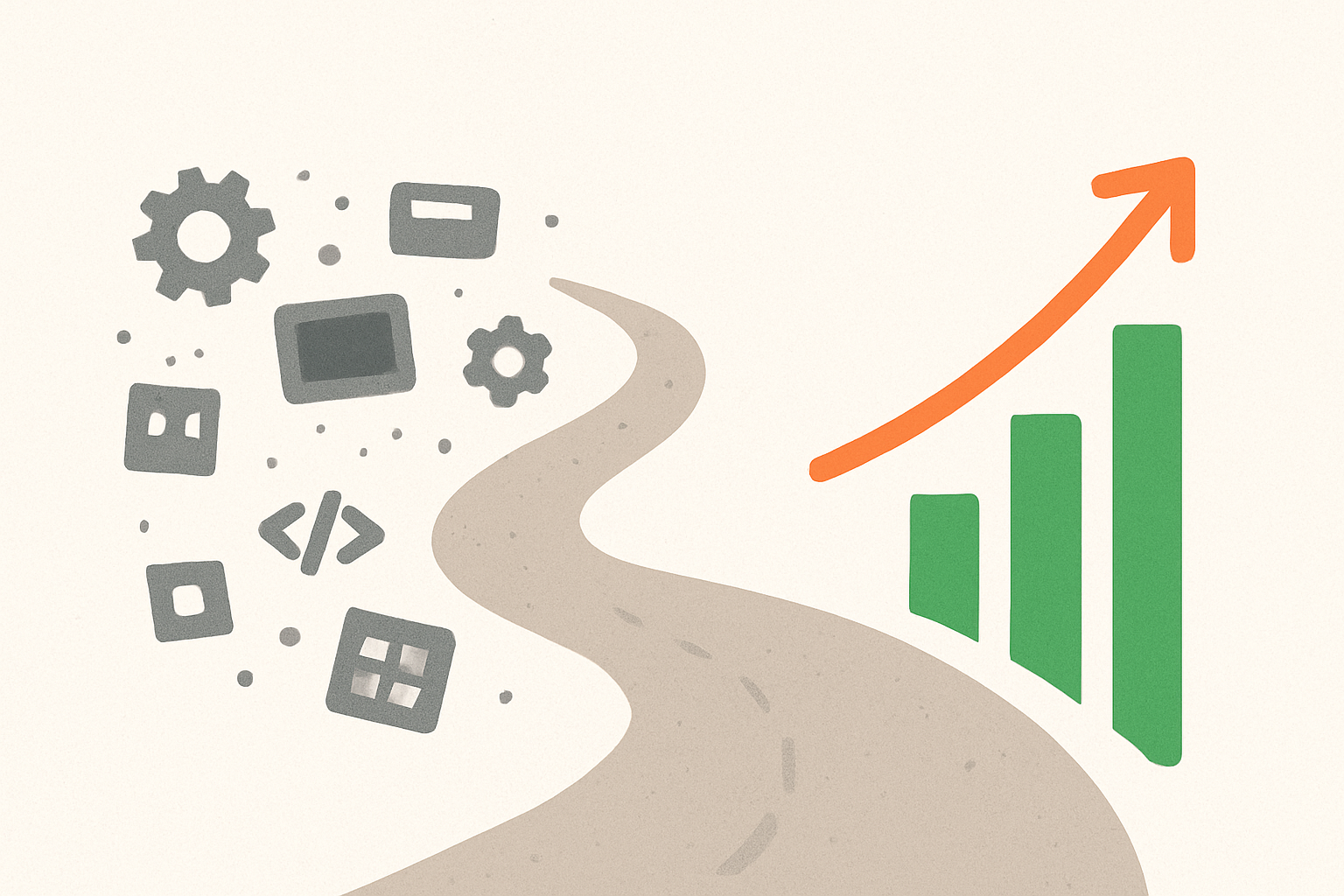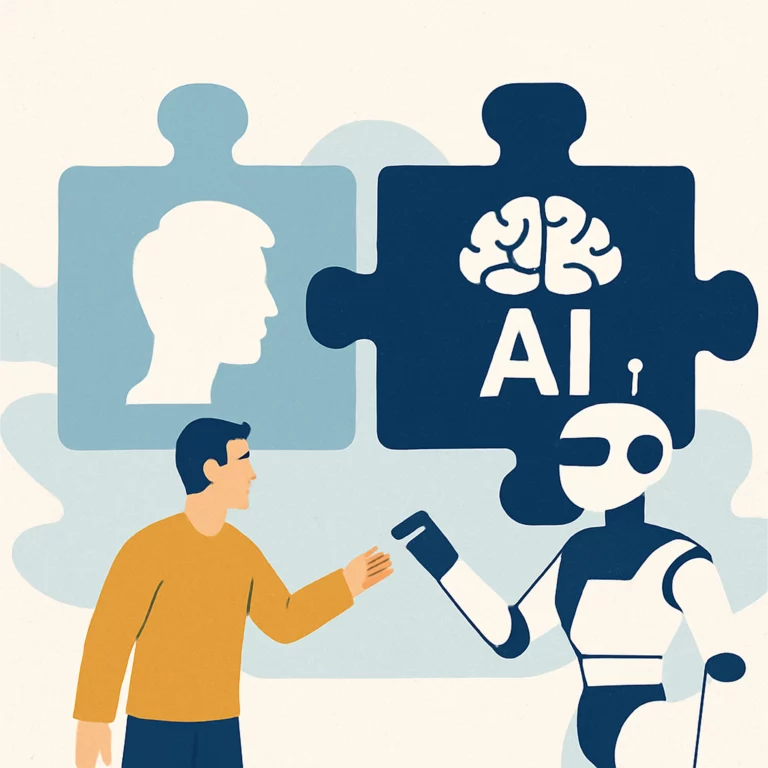For years, software development was seen as an unavoidable expense. Something you had to pay for to “stay up to date” with technology. No different from replacing laptops or renewing licenses. That limited view reduced software to a line item on the balance sheet.
Today, the reality is completely different. In a world where digitalization is accelerating faster than ever, software has moved from accessory to strategic asset. It’s no longer about “paying for systems.” It’s about investing in digital capabilities that reshape business models, unlock new revenue streams, and ensure survival in increasingly competitive markets.
From Operational Expense to Competitive Advantage
When organizations invest in software, they’re not just seeking efficiency. They’re building competitive advantage. A few concrete examples:
- Retail companies using advanced analytics to optimize inventory, reducing out-of-stock situations by up to 30%, driving more sales without raising costs.
- Financial services leveraging automation to cut loan approval times from days to minutes, boosting customer satisfaction and loyalty.
- Logistics providers implementing traceability platforms that reduce losses and build trust across the supply chain.
According to McKinsey (2023), companies that embed digital solutions at the core of their strategy grow revenues 23% faster than their peers. It’s not about spending less. It’s about investing smarter.
Software as a Cultural Catalyst
The impact of software extends far beyond processes. It reshapes organizational culture:
- From transactional to strategic: the conversation shifts from “How much does this cost?” to “What return will this generate for the business?”
- From static to evolutionary: software is not a one-time purchase, but a living platform that grows and adapts with the organization.
- From vendors to partners: companies stop “ordering systems” and start building sustainable digital capabilities alongside their technology partners.
In this sense, investing in software doesn’t just buy code. It builds organizational learning, adaptability, and a culture focused on measurable outcomes.
Measuring Results from Day One
One of the biggest concerns for decision-makers is investing in long, costly, uncertain projects. The answer lies in an iterative, outcome-driven approach:
- Clear, early KPIs: process time reductions, conversion rate improvements, measurable cost savings.
- MVPs and pilots: small experiments to validate hypotheses before scaling.
- Continuous iteration: every release delivers value, strengthens client confidence, and ensures that investment translates into tangible business results.
In fact, agile methodologies don’t just improve delivery. They transform the logic of investment itself, allowing every dollar spent to show immediate impact on business metrics.
Long-Term Impact: Resilience and Scalability
Viewing software as an investment also means looking beyond short-term ROI. Well-designed systems:
- Scale with business growth without requiring disproportionate reinvestment.
- Provide resilience in times of crisis, enabling rapid adaptation to market or regulatory shifts.
- Generate high-quality data that becomes the foundation for strategic decisions and the adoption of advanced technologies like AI.
Put simply, every software investment today is also an investment in tomorrow’s capacity to compete.
Conclusion
Software is no longer a budget line. It’s the engine of business strategy. Those who treat it as a cost focus on reducing expenses. Those who treat it as an investment build competitive advantage, resilience, and new revenue streams.
In the digital economy, the difference between spending and investing in software is the difference between surviving and thriving. Investing in technology isn’t about having another system. It’s about designing the future of your business today, with measurable results, real differentiation, and sustainable impact.






